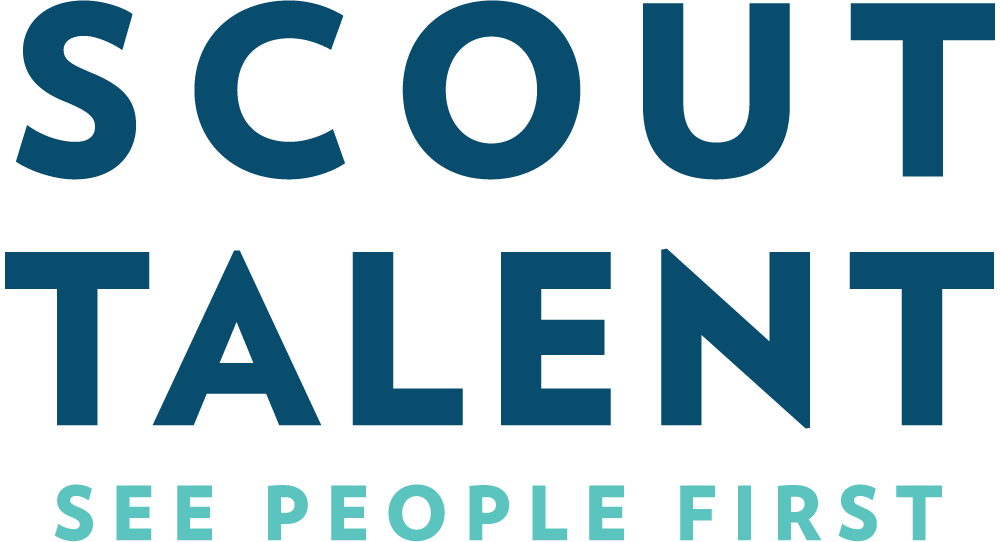After record-high unemployment rates due to Covid-19, the Canadian job market is experiencing a surge in vacancies. The increased competition between employers means that enticing candidates to work with your organization is harder now than ever. Because a large percentage of eligible candidates are already employed and not actively seeking work, it’s important to adjust your digital recruitment strategies to find talent and fill roles.
Different digital recruitment strategies attract different candidates. It’s important to take both active and passive candidates into account before you create a recruitment strategy for your vacancy.
Attracting active candidates
Active candidates are job seekers who are actively looking for work opportunities. These candidates range from the unemployed to the employed-but-unhappy, to the employed and happy but ready for a new opportunity. Active candidates might represent the minority of the workforce, but they’re hungry for a new opportunity and are eager to find new work in a timely manner. Sounds great, right?
The bad news is this: Active candidates don’t stay active for long. In today’s job market, candidates are in the driver’s seat, and there are a finite number of job seekers choosing between a seemingly infinite number of job openings. Blink, and you could lose the best talent to a competitor who went to market at the right time.
Digital recruitment strategies for attracting active candidates are quite straightforward. Job board postings are a tried and tested method to find candidates who are eagerly looking for a new position. Having a good understanding of the job board algorithms helps you tailor your job copy and maximize ad visibility. Prioritizing highly relevant keywords and appropriate role titles helps your listing rank higher in the search results, and ensures it is seen by more active candidates.
Attracting passive candidates
Passive candidates are those who aren’t actively looking for a new work opportunity. But, most would be open to the right one if it came along. They make up the overwhelming majority of the workforce. So, potential employees who aren’t yet aware that their dream job with your company is available.
The key to recruiting passive candidates lies in how well you can sell. You’re selling your role and organization to people who don’t know they want to work for you. They may be unfamiliar with your brand, values, and impact. Passive candidates aren’t actively looking for new work, so posting on traditional job boards won’t catch their attention. But, their receptiveness to new employment opportunities leaves the door open for recruiters to use their tools to get a foot in.
Getting your job openings in front of passive candidates requires more work and strategy than recruiting active candidates. Passive attraction channels, such as digital headhunting on LinkedIn, are great ways to engage with potential future employees. Make sure you tailor your direct messages to a candidate’s experience and profile, or risk being flagged as spam. The more relevant the messaging, the better.
Improving your digital recruitment strategies
Articulate your benefits
People are no longer solely seeking adequate remuneration. The pandemic has changed the way people search for employment opportunities. Now, job security, cohesive benefits, and mental health support are just as important to job seekers as a decent wage.
Because passive candidates may not be familiar with your organization on first contact, they’ll likely head straight to your website to research what you do and how you’re seen in the industry. Promote the benefits and offerings that set you apart from other similar organizations. It goes a long way to put your employer brand at the front and centre of a passive candidate’s mind.
We mentioned earlier that postings on traditional job boards is the main way active candidates find new work. By equipping these listings with excellent job copy that articulates your great benefits, candidates who didn’t know about your organization will have a good idea of the perks of the job and the values of the organization. Ultimately, they’ll be empowered to make an educated decision when compared to other industry roles.
Want to know what benefits actually attract and retain employees? Check out the latest episode of The Talent Scout podcast to learn more.
Use different platforms
If you limit your job postings to the big job boards like Indeed, you’ll be ignoring a large percentage of eligible candidates who are hunting for work on specialized platforms. Niche job boards, such as HealthcareJobs.ca, are built for specific industries or types of work for candidates with a specific skill set.
Furthermore, both active and passive candidates use social media. Promoting your new positions across professional networks (LinkedIn) in tandem with social networks (Instagram, Facebook, and Twitter) puts your jobs in front of more eyes. Facebook and Instagram have extremely detailed targeting abilities built into their algorithms. Therefore, they display targeted job ads to candidates based on demographics, interests, or even activity. For example, travel agents looking for candidates can target people based on the last time they used a travel app. Social networks contain lots of personal data, and you can put that data to good use when recruiting passive candidates.
Mine your database
Your search for new candidates doesn’t have to start from scratch every time. If you’ve put in the work to cultivate an engaged talent pool, it’s an excellent place to start looking for candidates. And if you haven’t, Scout Talent’s :Engage software platform is built to keep your talent pool warm and streamline your recruitment process.
Don’t forget about candidates who may not have been the right hire for previous roles with your organization. Adding them to your talent pool keeps them up to date with marketing material, new roles, and new software features. This means, when the time comes, these candidates are already warm and familiar with your organization’s processes.
Alternatively, bypass your database altogether by incentivizing employee referrals. Your immediate staff’s networks are a great source of passive candidates who come pre-vetted. Your existing employees already know the benefits of working for your organization. They can sell you to their own networks better than a cold call can.
Create a positive Candidate Experience
Like it or not, some candidates use interviews with your organization as a practice run to familiarise themselves with interview etiquette before interviewing with an organization they would prefer to work for. This is a common cause of late-stage candidate dropout. It can be expensive, frustrating, and exhausting to get to the final stage of the recruitment process and find out your top candidate turned you down.
All your digital recruitment strategies should create a positive candidate experience from the beginning to help turn a “no” into a “yes”. Your interview panel should consist of a diverse array of people from your organization. Hearing from a range of voices throughout the interview process shows prospective employees that you see them as more than a resume. It will also show that your organization is committed to transparency and respect.
Ensure that you stick to a short timeline. Don’t leave candidates waiting to hear from you or your organization for a long time. If you cannot meet the communication deadlines you initially set, a courtesy email to candidates letting them know that you haven’t forgotten about their application helps them feel appreciated and included in the process. Even if a candidate is unsuccessful, it’s important for your employer brand that you inform them of the result. This way, they can refocus on a new opportunity. Candidates who don’t hear back from a potential employer can become active detractors of your organization, which damages your Employer Brand. Open and honest communication minimizes this risk and ensures that your candidates have closure.
Remember: attracting candidates to apply for your job is only half the battle. What happens after an application is submitted will make or break your recruitment campaign. Check out our on-demand webinar, titled ‘How to expand your shortlisting process for amazing results’ to learn how to optimize your shortlisting process.
To sign up to the Scout Talent newsletter, fill in the form below.








